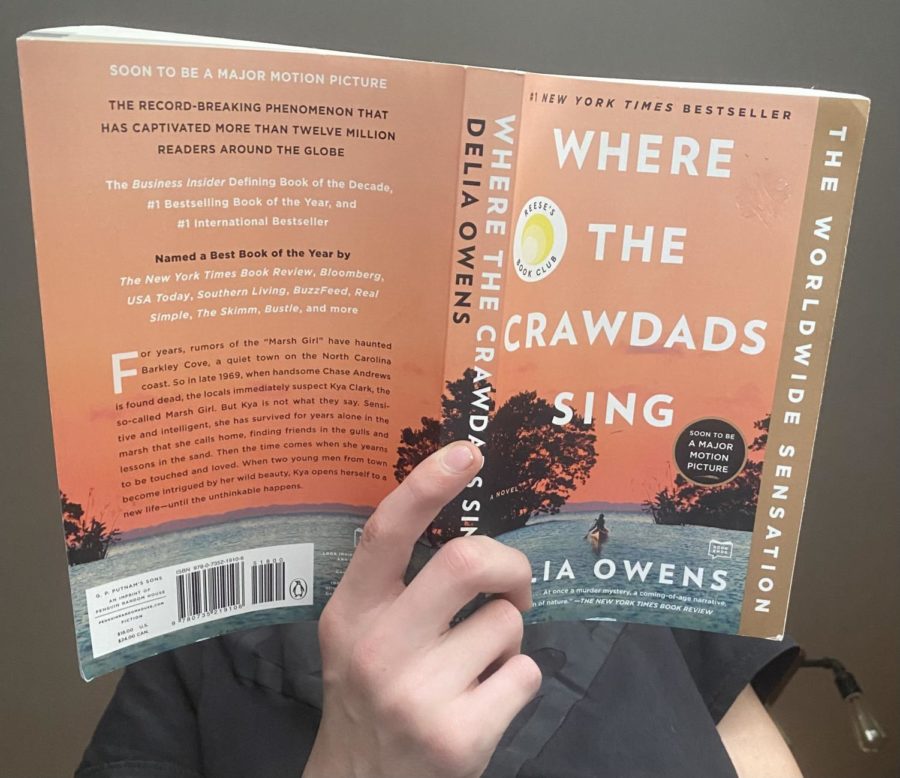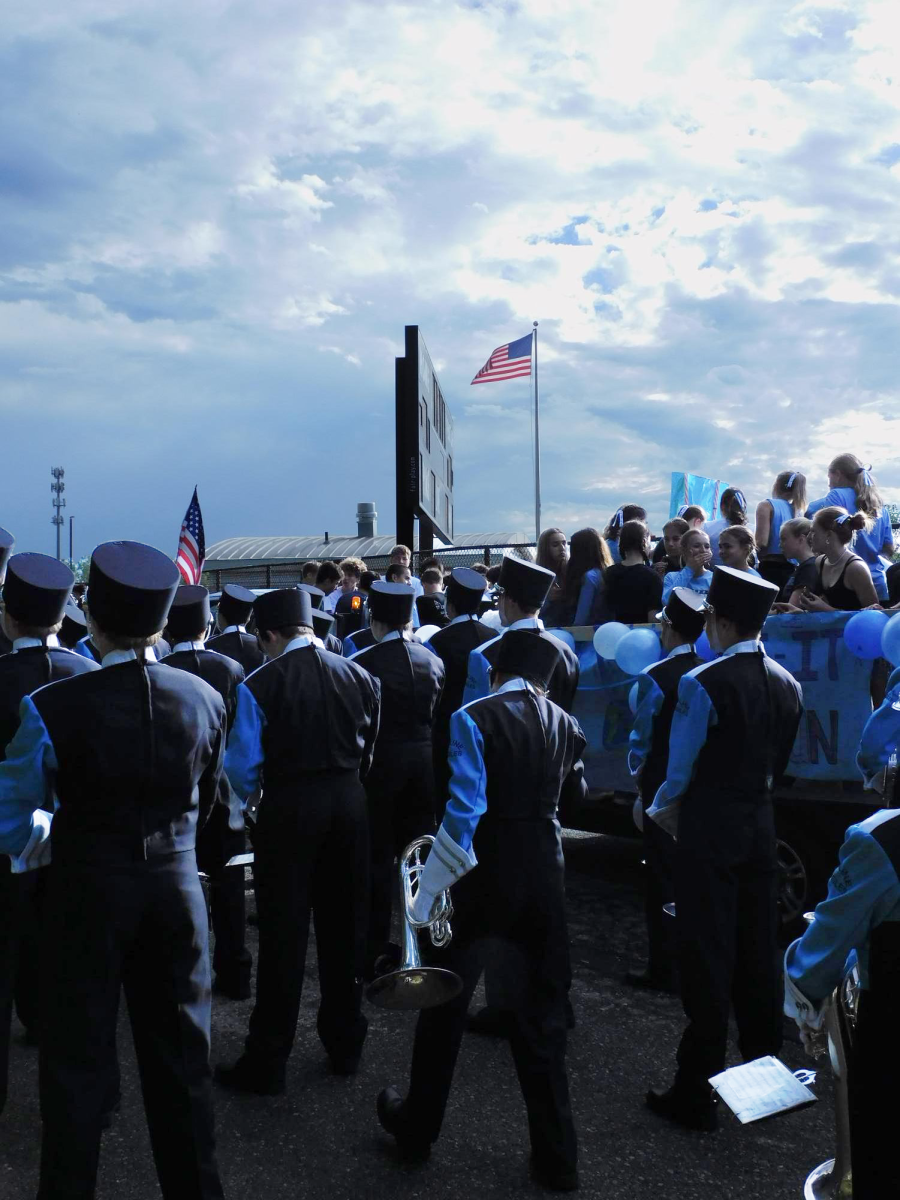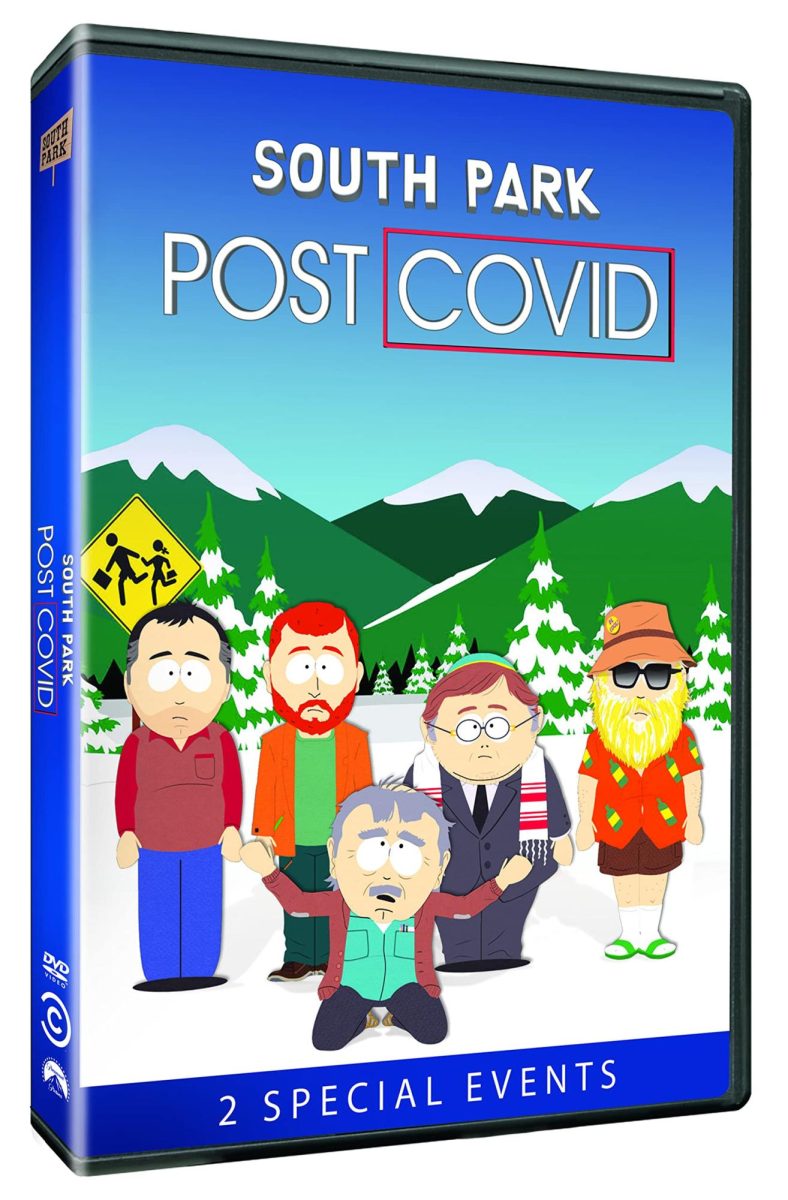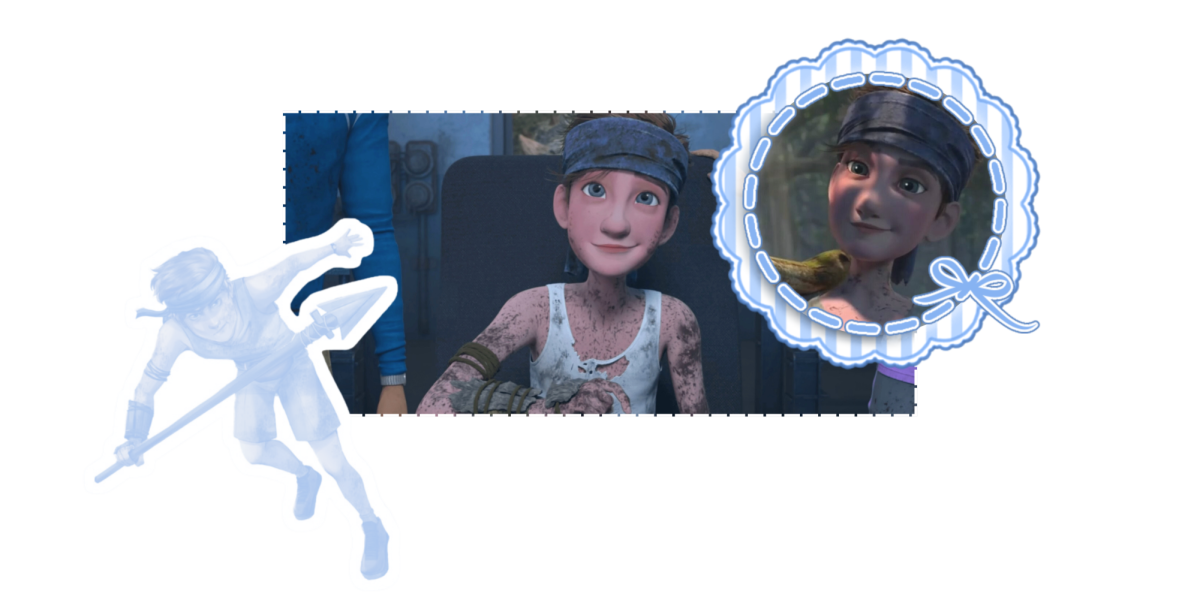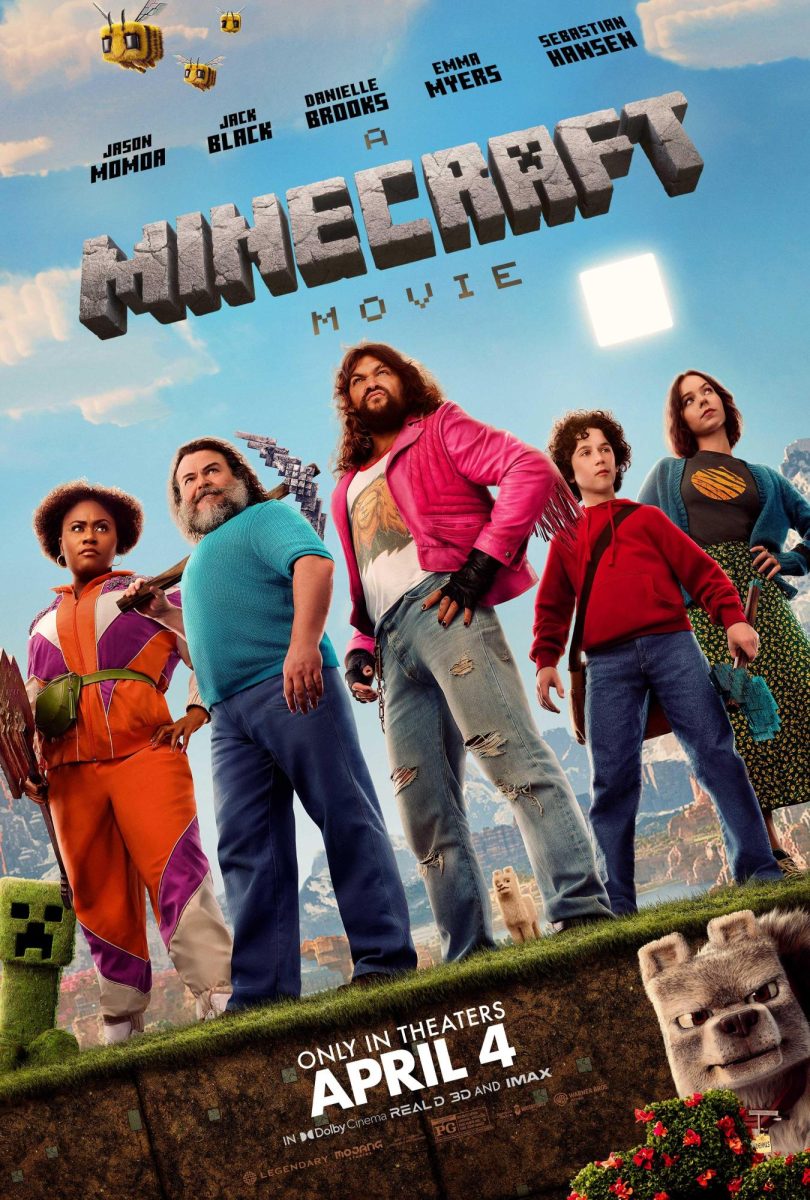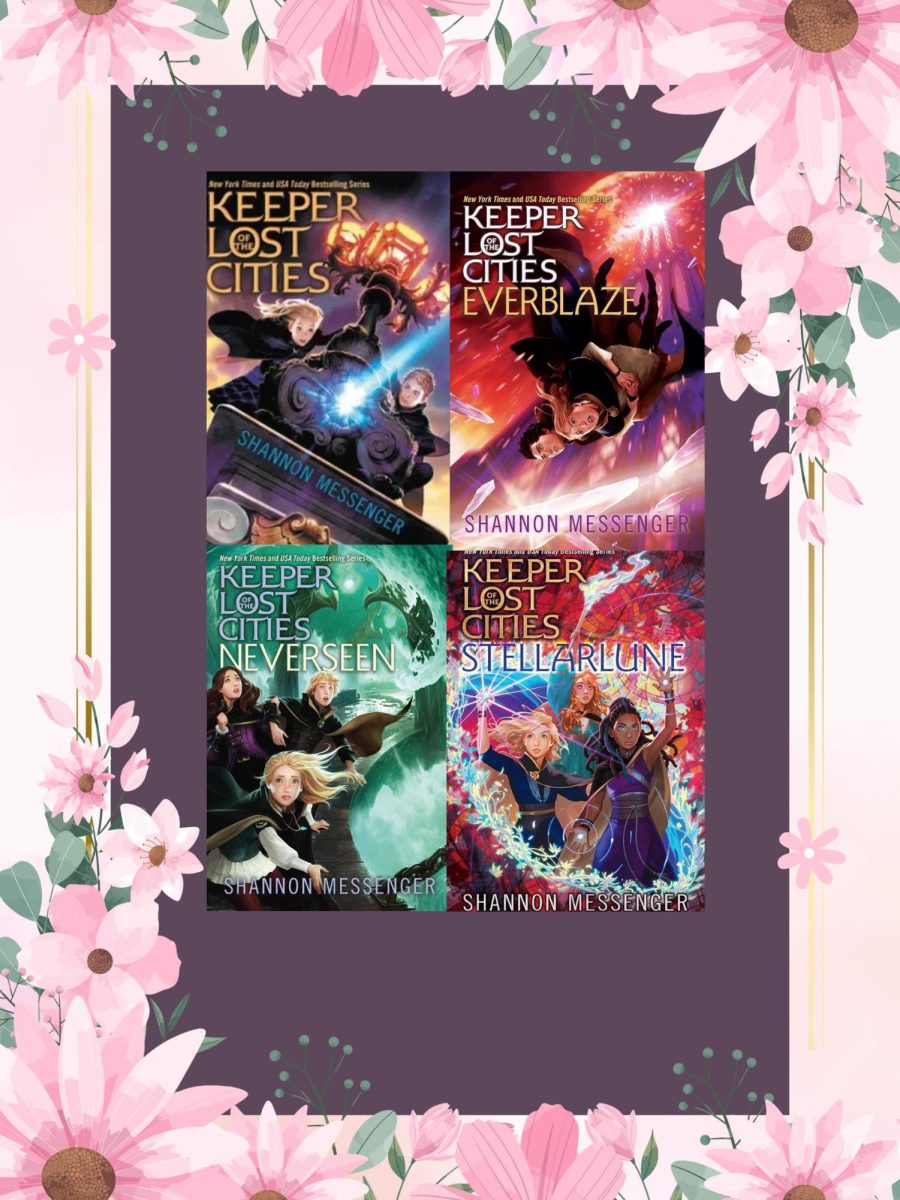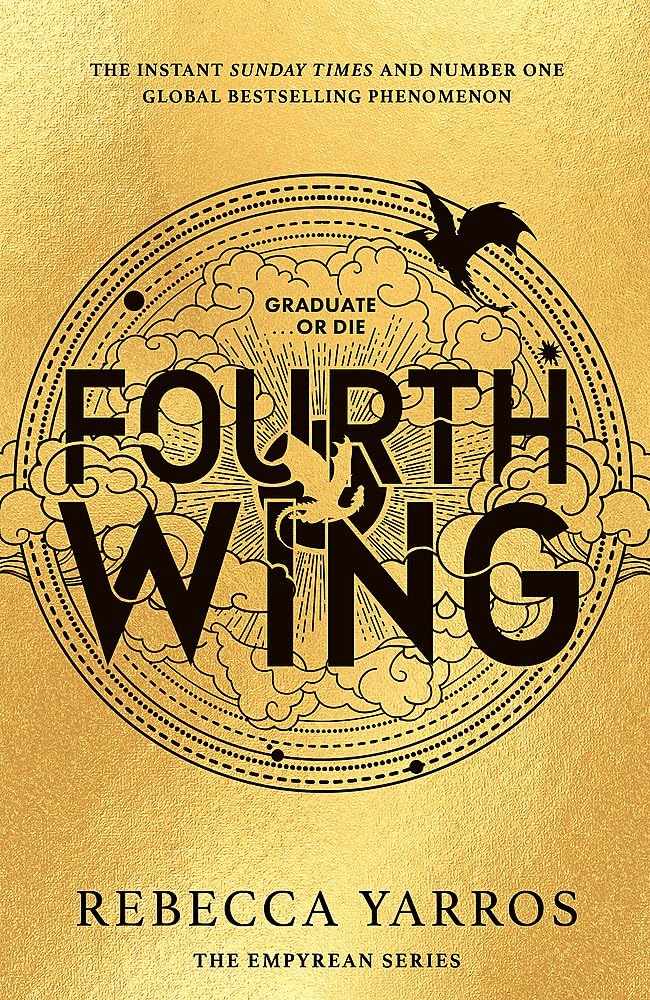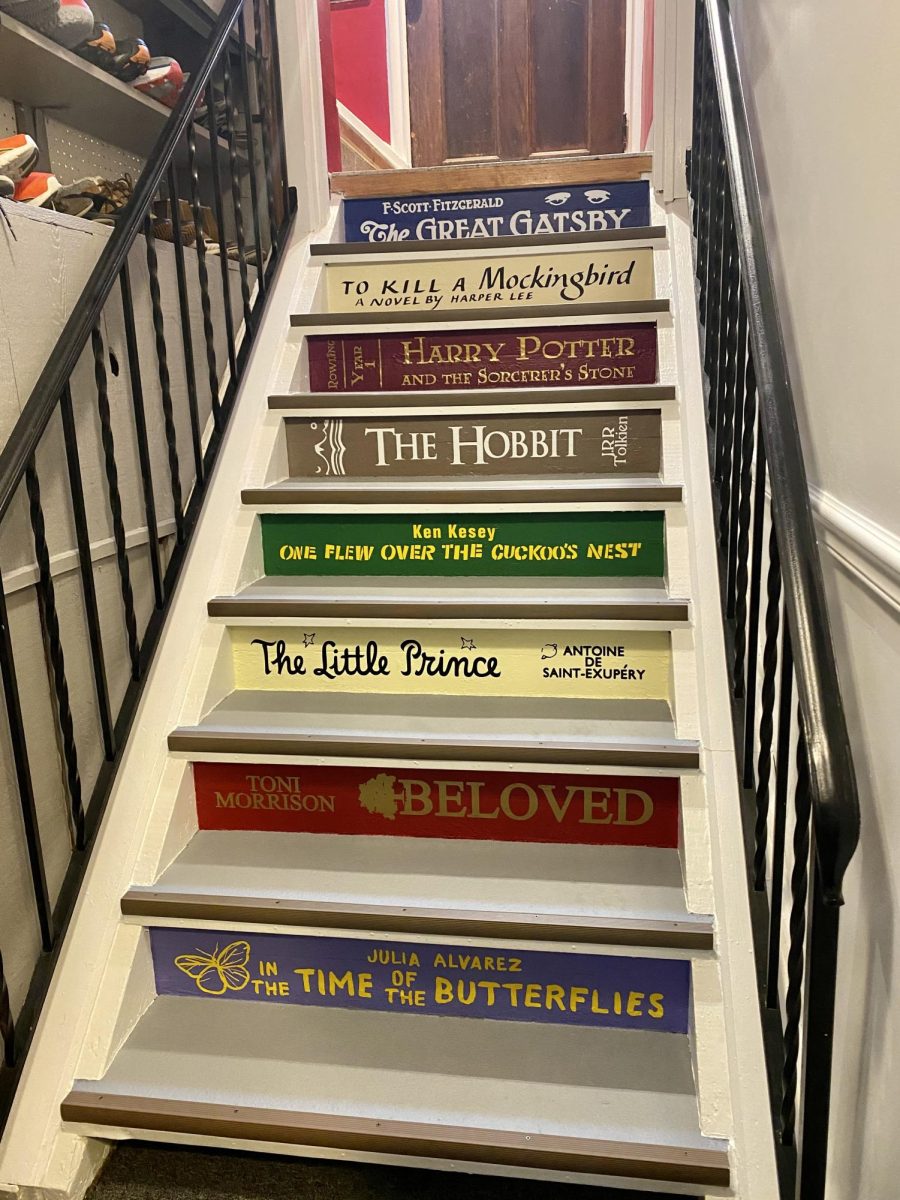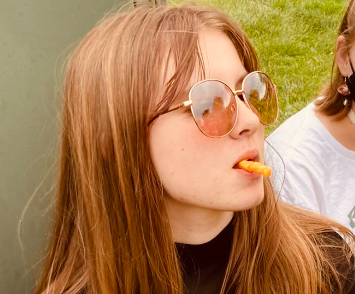A swamp knows all about death, and doesn’t necessarily define it as tragedy, certainly not a sin.
Delia Owens’s “Where The Crawdads Sing,” a creative masterpiece, is clearly a hard-hitting book. Kya is the main protagonist, who is the epitome of a societal outsider. The story follows Kya as she struggles through life with her abusive father and ultimately is left completely abandoned in the marsh after her family leaves. During her time growing up, she rarely interacts with society, instead learning from the marsh. As Kya’s story develops, she becomes entangled in a murder investigation, complicated by past relationships. Perhaps that’s why “Where The Crawdads Sing” is so appealing to the thousands of people who’ve read it: it gives a glimpse into an outsider’s life.
Chances are, if you like books like Madeline Miller’s Circe, Anthony Doerr’s All The Light We Cannot See, or Ruta Sepetys’ Salt To The Sea, Delia Owen’s Where the Crawdad’s Sing might also be worth a read. The book is perfect for any fans of romance novels, murder mysteries, or even people who just have an appreciation for the beauty of nature.
On the other hand, the plot includes some semi-gruesome imagery and more mature romance scenes, so one would have to consider this before picking up the book. Per usual, the book form of Where the Crawdads Sing is ultimately better than the film version. This is simply because in books, there’s a blank canvas, which allows for more creative expression and more high quality material overall. Additionally, there tends to be no upward limit for the length of a book, whereas a movie does typically have a max length, which puts limits on the amount of details you can pack into one sitting.
I’d like to compliment how Owens takes into consideration the time the book is set and includes the prejudices that come along with that. She manages to weave in those types of small details that provide an authentic setting. For example, Kya commonly interacts with an African American store-owner. Clearly, the way that a white woman interacts with a Black man is different now then it would be in the 1950’s, and Owens’s writing reflects that.
The way Where the Crawdads Sing is set up chronologically is beautiful. The chapters are split into two different timelines; one starting from when Kya was a little girl, and progressing through her growth years, and one starting in the present day during the murder investigation of Chase Andrews. Every few chapters there will be a jump in years, typically twenty years apart. The artful manipulation of time in this plot works extremely well with the storyline, and allows Owens to wreak havoc on an emotional headspace, gracefully.
The film is nowhere close to being the travesty that the Percy Jackson movies were, and I’d still recommend either version of the tale. Between the movie and the book, each has their own unique benefits, and neither will be a waste of time.
Unfortunately, because of the way that movies are set up, it would be immensely difficult to follow and sustain two separate, individual story lines. In the movie, Kya is arrested in the very beginning, and the story is told mostly in the setting of the courtroom, using a flashback technique to outline the events that led up to her arrest. Because Kya is arrested so early in the movie, this causes most of the movie to be set in the general courtroom, which leaves less room for suspense, in contrast to the book. This was rather disappointing, because while it’s rather obvious that Kya is the main suspect in the book as well, there’s plenty of tension building leading up to the moment of her arrest. What I can say for the movie, however, is that both the set and the acting are absolutely gorgeous. The characters are believable, and the location that they chose for filming truly brought the marsh to life. When viewing, or reading, the intro scene, Kya’s view of the marsh is crystal clear.
Most teens, and young adults, seem to agree that Where The Crawdads Sing is a go-to story. Even Twitter, the breeding ground for hate-clubs, appears to have a positive, warm reception for both the movie and the book. The general review from critics seems to be split—some like it, and some don’t—but some negative opinions on the story are backed by complaints of the lack of nuanced details that would fully complete the writing. However, the balance between the two simultaneous plotlines and the information that is constantly being fed to you is extremely delicate; I think that introducing any other small details would clog up the story and make it feel too busy, like there’s too much information being presented at once.
Because of the beautiful writing, intriguing plot line, and astonishing attention to the details the setting requires, I highly recommend taking the small amount of time out of your day to check out Where the Crawdads Sing.

